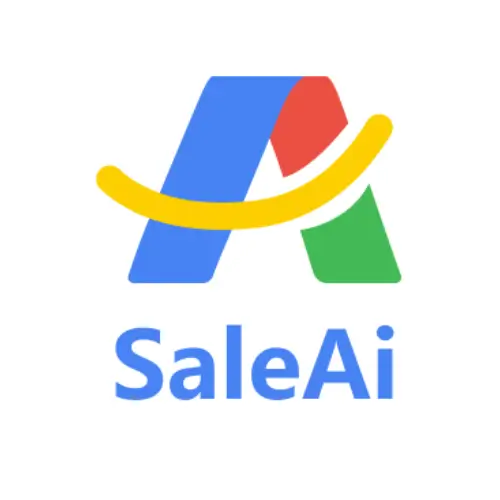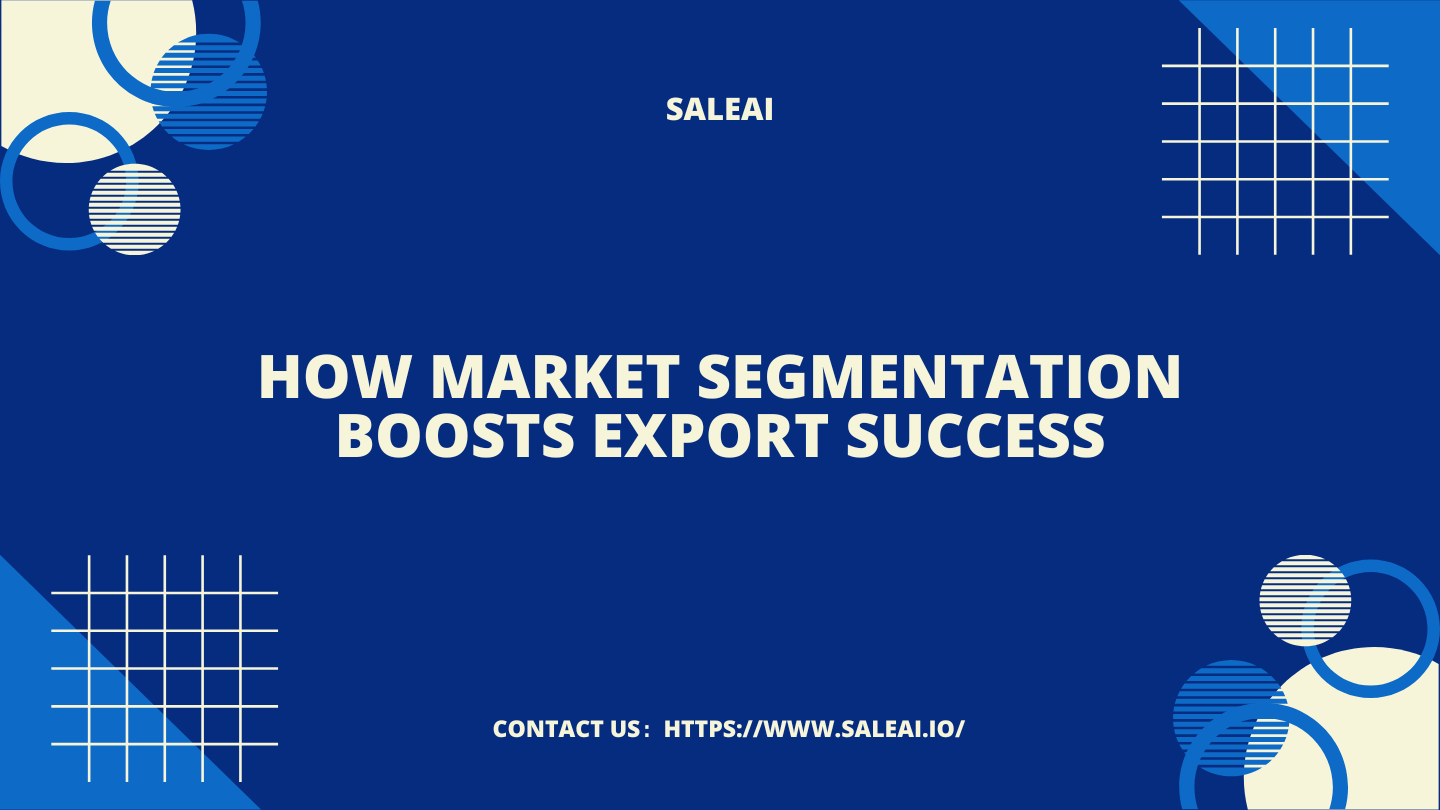What is Market Segmentation in Exporting?
Market segmentation is the process of dividing a broad audience into smaller, more manageable groups based on shared characteristics. For exporters, it means identifying specific buyer groups or markets that are most likely to resonate with your products.
Rather than casting a wide net and hoping for results, segmentation allows you to focus your resources where they’ll have the most impact.
But here’s the challenge: segmentation in global trade is complex. Buyers differ not only in geography but also in industry, buying behavior, and preferences. This is where AI-driven tools like SaleAI bring clarity and efficiency to the process.
3 Key Benefits of Market Segmentation for Exporters
a. Enhanced Buyer Targeting
One-size-fits-all strategies rarely work in exports. Market segmentation helps you understand the unique needs of different buyer groups, enabling tailored approaches that resonate.
- Why It Matters: Exporters often waste time and resources on broad campaigns that don’t convert. Segmentation ensures you’re reaching the right buyers with the right message.
- Example: A furniture exporter identifies high-demand for sustainable materials in Northern Europe and tailors their offerings accordingly.
How SaleAI Helps:
SaleAI’s AI-powered segmentation analyzes trade data and buyer behavior to group buyers based on factors like industry, purchasing patterns, and geographic location.
b. Better Resource Allocation
Exporting can be resource-intensive. Segmentation ensures you focus your budget and efforts on markets or buyer groups most likely to deliver ROI.
- Why It Matters: Instead of spreading resources thin across multiple regions, segmentation highlights the highest-potential markets.
- Example: An exporter of industrial equipment uses segmentation to prioritize buyers in Southeast Asia, where demand for their product category is surging.
How SaleAI Helps:
With SaleAI, exporters can rank market segments by potential, allowing them to allocate resources efficiently and confidently.
c. Improved Buyer Relationships
Understanding your market segments means better communication and stronger relationships. Buyers appreciate personalized outreach that speaks to their specific needs.
- Why It Matters: Segmentation fosters trust and loyalty, making it easier to retain buyers and generate repeat business.
- Example: A food exporter discovers that one segment values organic certification, while another prioritizes competitive pricing. Tailored messaging addresses both needs effectively.
How SaleAI Helps:
SaleAI tracks buyer preferences and engagement levels, helping exporters build long-lasting relationships through data-driven strategies.
How SaleAI Makes Market Segmentation Effortless
- AI-Powered Data Analysis: SaleAI scans global trade data, buyer activity, and market trends to identify actionable segments.
- Dynamic Segmentation: Unlike static reports, SaleAI provides real-time updates, ensuring your segments evolve with the market.
- Actionable Insights: Beyond identifying segments, SaleAI offers recommendations on how to engage each group effectively.
Practical Steps to Start Market Segmentation
- Define Your Goals: Are you looking to enter new markets, improve lead conversions, or increase repeat business?
- Gather Data: Use tools like SaleAI to collect data on buyers, competitors, and market trends.
- Segment Your Audience: Group buyers based on factors like geography, industry, buying behavior, or product preferences.
- Tailor Your Approach: Develop strategies and messaging that align with each segment’s unique needs.
- Monitor and Adjust: Continuously evaluate your segments and refine your approach based on performance metrics.
Conclusion: Market Segmentation is Key to Export Growth
In today’s competitive global trade environment, understanding your buyers is no longer optional—it’s essential. Market segmentation allows exporters to focus their efforts, deliver meaningful value to buyers, and achieve sustainable growth.





